Porter: If you are an emerging independent artist, even if you’ve been here for five or ten years, it’s still hard to find money if you’re not directly associated with a prestigious institution.
Frankie: I have to say, I’ve often sent out emails to other artists, theatre companies, teachers, and universities, trying to meet people and build networks, and I get no reply. I have never had such a wall of silence in any city I’ve lived in before.
Porter: It’s hard to get in touch with people here.
Frankie: It starts to feel like gatekeeping, like, “I don’t want to have to tell you my story or how I evolved this company or where I get my resources.”
Porter: I think Atlanta can feel very territorial because there’s a mindset of scarcity, so if you have resources then you don’t want to give away your sources. In the end, the more people we support the more resources we’ll have as we all become more visible to potential audiences. There are people in Atlanta who share this perspective—they’re the ones who have taken the initiative to create spaces that act as platforms for artists, like Mammal Gallery, the Bakery, and the Work Room when it was around. We need to support these places, which are always looking for the resources to sustain themselves.
When I think about the Atlanta independent art scene, there’s a lot of initiative, of passion. People have a lot to say and they are looking for platforms. There are people who provide these platforms, and you can make work pretty easily if you get in touch with them and propose a clear idea. A lot of the time, people are totally willing to cut deals because we’re all here to support each other, but we also need support from people who have substantial resources, especially financial.
When I think about the Atlanta independent art scene, there’s a lot of initiative, of passion.
Frankie: There’s an immense amount of private wealth around Georgia, but there’s a pageantry involved and a social hierarchy that comes into play with regard to fundraising for the performing arts. It’s very interesting to see where the donations come from and to whom they’re going.
Some local history that fascinates me is how, in 1962, there were really prominent patrons of the arts in Atlanta—
Porter: —and there was a plane crash at Paris’s Orly Airport.
Frankie: There were 113 residents of Atlanta on the plane, 103 of whom were major patrons of the arts, and they died in an accident. It was described as one of the greatest tragedies to hit Atlanta since the Civil War. As a result, the government promised to ensure there wouldn’t be a loss of the arts in Atlanta, and they built the Woodruff Arts Center in memory of those who died. That’s home to the Atlanta Opera, the Atlanta Ballet, the Alliance Theatre, and the Atlanta Symphony Orchestra. So it was like: Check, we did arts. We won at arts. But that’s not enough.
Porter: A lot of the time, the work created by the more established companies in Atlanta feels very safe. If audiences are only exposed to safe or generally entertaining work, it may not be in their interest to see something they’re not at all familiar with. If I only saw the ballet occasionally, I might not be interested in paying to see an independent artist’s new research at a converted warehouse, because I don’t have a frame of reference for that kind of work.
I think the High Museum of Art has been doing a good job with their artist initiatives, bringing in independent contemporary Atlanta choreographers. I’ve performed there twice—once with T. Lang and once with Bella Dorado—through that initiative. The dance company Fly on a Wall has also performed, so has the contemporary ballet company Terminus. Lauri Stallings, the artistic director of glo ATL, another contemporary dance company, was the first choreographer to be granted a residency there. Visual art institutions are becoming a bit more open to performance, which is good because it means more audiences are going to be exposed to it. A central question is: “How can we streamline this process of building an audience even more?”
Frankie: There’s a lot to contend with in our larger culture and in the habitual ways we experience performance. For a while, HBO’s advertising was essentially, “Now you have no reason to leave home.” Consumption of streaming services can be very passive, plus they can go everywhere and be folded into anyone’s schedule. To see live performance, I have to plan to get to a place at a specific time. It’s starting to become radical for attendees to physically be there and pay for it and be present in all of their senses and participate. It’s an active and participatory medium.
Porter: Definitely. This can often create a barrier, especially in Atlanta, where you have to drive everywhere. It’s a huge time commitment to go to a performance, especially if you don’t live right in the heart of the city, which a lot of people don’t. Part of it is a question of transportation, of accessibility, of audience building. How can we make performances accessible? Not just in the actual act of sharing of them, but also how can we use spaces in Atlanta that are more midway?
A lot of affordable spaces are on the south side, but where are some that might be affordable in the city center, or even on the east side? Can we get spaces along the metro lines? Activating public spaces with quality work is important too because then people who don’t even think about going to a show might see it and be like, “Oh, wow, what is this?” That’s a new audience member, just from performing in a public park or something. So yes, we need more institutional support, but we also need to be creative with building audiences and making physically accessible work.
Frankie: Shana Robbins, a performance artist, was recently part of something on the BeltLine called Habitat. She created a ceremony there to honor the natural habitat that will be decimated in the near future in order to build more high-rise condominiums.
Yes, we need more institutional support, but we also need to be creative with building audiences and making physically accessible work.
Porter: When you look at where Atlanta was five years ago versus where it is now, a lot has developed. It’s kind of like one big experiment. Will it work? Will it not work? I think it will if people have faith in the city and invest in it the way certain people have. It’s really easy to start talking about all the things that don’t exist yet in Atlanta and how hard it is to navigate being an independent artist without a bunch of resources and platforms. It’s important to have discussions like this because then you can identify what is needed most.
Frankie: Yes, and it takes time. Looking at how we build a vibrant DIY performance scene in Atlanta—it’s not something that just turns around in a year.

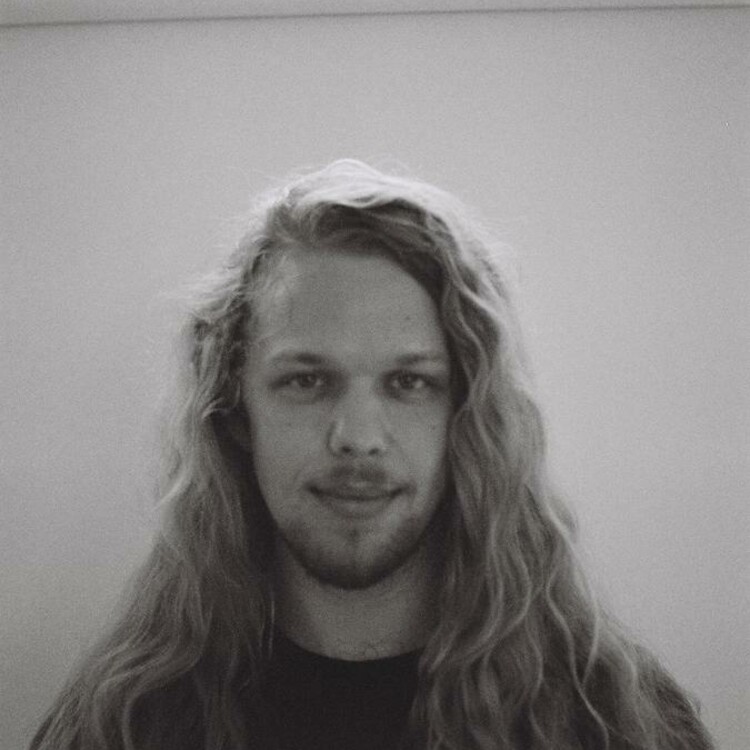

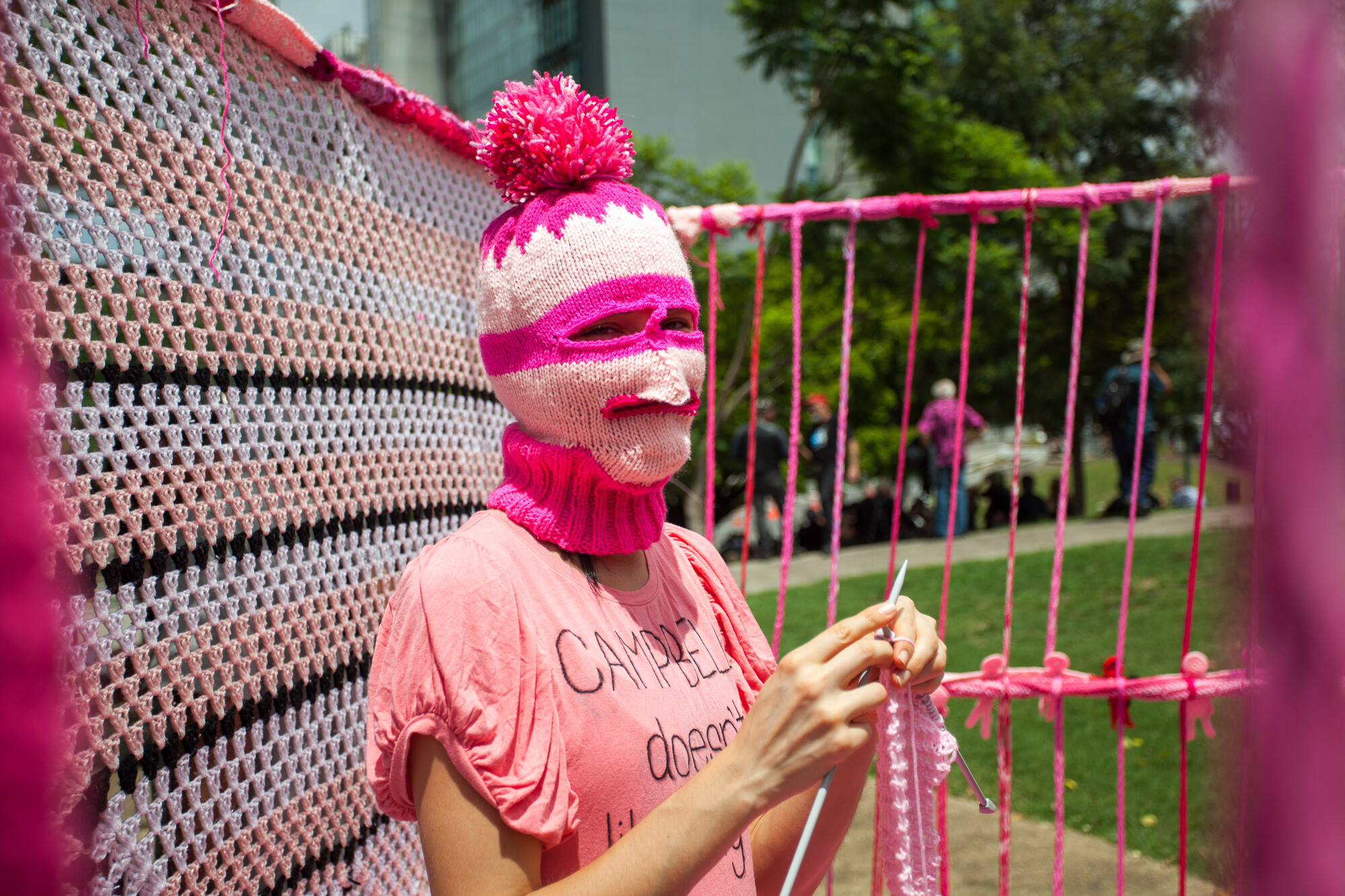
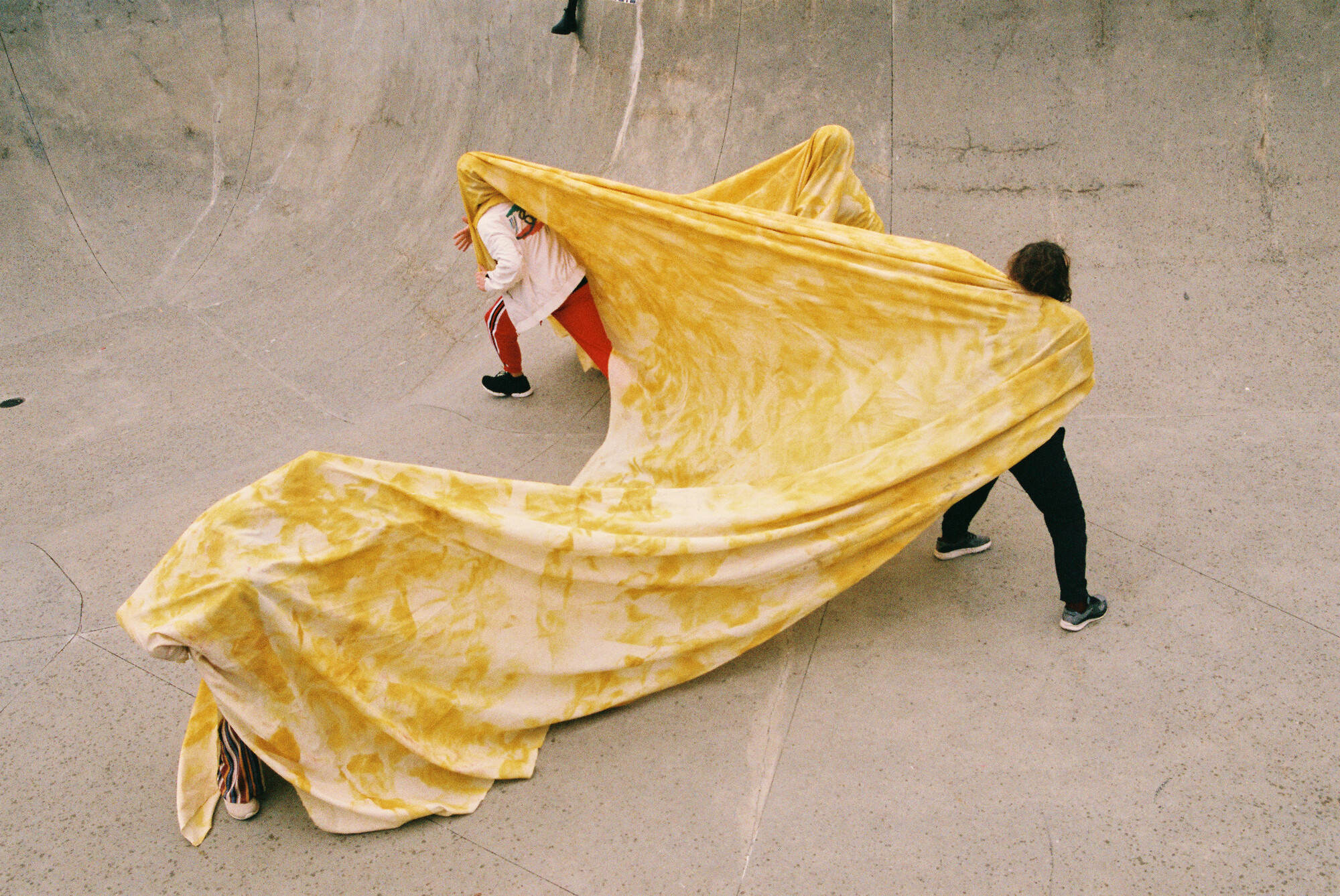

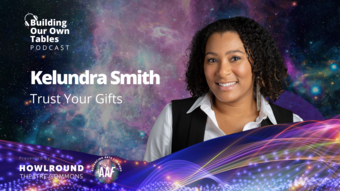


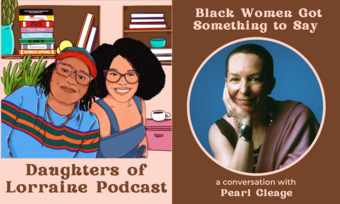



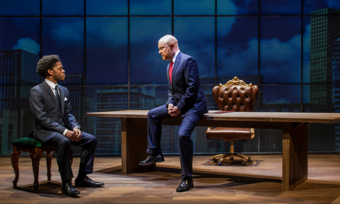



Comments
The article is just the start of the conversation—we want to know what you think about this subject, too! HowlRound is a space for knowledge-sharing, and we welcome spirited, thoughtful, and on-topic dialogue. Find our full comments policy here
Blessings.
I am really intrigued as to what ATL you live in?!
The mentions in the three of your articles sorely do not include any artists/producers/spaces of color. Atlanta is a city full of much history and culture. Keep exploring.
Hello Erin, thank you for reaching out. I'm sorry if there was a misunderstanding, would you have preferred that we had been more explicit in our highlighting the artists/producers/spaces of color in our conversation? Certainly, this was something Porter and I focussed on when sketching out our series, not only centering our queerness and whiteness, but ensuring we centered other identities illustrative of Atlanta too. Atlanta has a massive community of black performers, although they are not visible enough on our stages - something artists such as Cyd (The Tiny Theatre Company -https://www.thetinytheatercompany.com/) and Kenny Leon’s True Colors Theatre Company (https://truecolorstheatre.org/) are working to challenge (Jamil Jude's curation of this season is really exciting). Not all of our discussion was able to get into the final edit as the original essay was extremely long, and two other articles (by Bella Dorado and Morgan Carlisle) didn't end up being selected by editors to be included in the series here, however, we are working to get them published elsewhere.
You feel that we didn't mention any artists/producers/spaces of color and I am surprised that you felt that, thank you for mentioning your experience. We discussed T. Lang who is not only a dancer, but runs her own space (https://www.themovementlabatl.com/) where she works extremely hard to produce shows, workshops, and a myriad of events centering black voices, exploring Afrofuturism, and integrating healing community discussions. Her Ritual ATL was curated by Kristy Gomez and George Gomez. The Bakery has always been run by a team including many artists of color and they have worked very hard to ensure the space provides homes for artists and collectives of color. Kit Modus and The Mediums Collective also include artists of color, and Porter mentions Morgan in her role as a producer of the dance event he attended at Eyedrum.
I would absolutely appreciate your perspective, do you feel that The Mammal Gallery, The Bakery, The High Museum, don't adequately include artists of color?
You also highlight the rich history of culture of Atlanta and it is clear that you value it as much as Porter and I do, a theme that entwines our worlds and words on these pages. What other spaces and platforms for performers (predominately the focus of the series) would you like to see emphasized that were missed?